
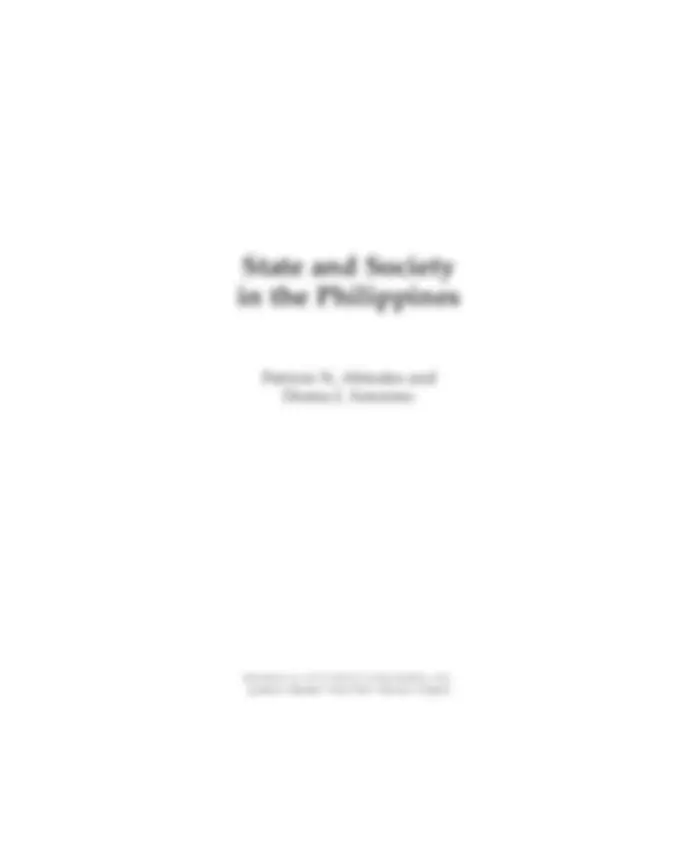
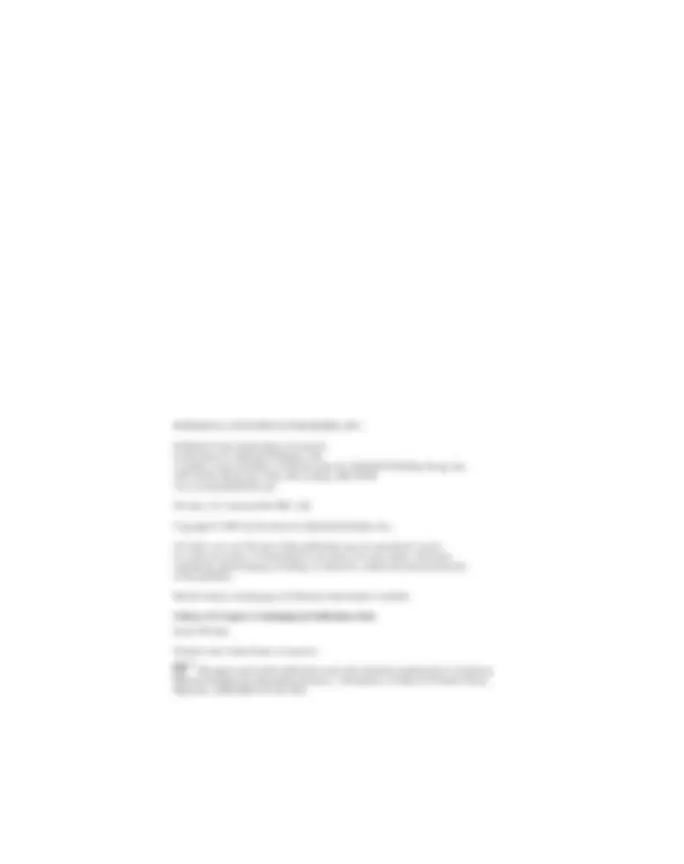
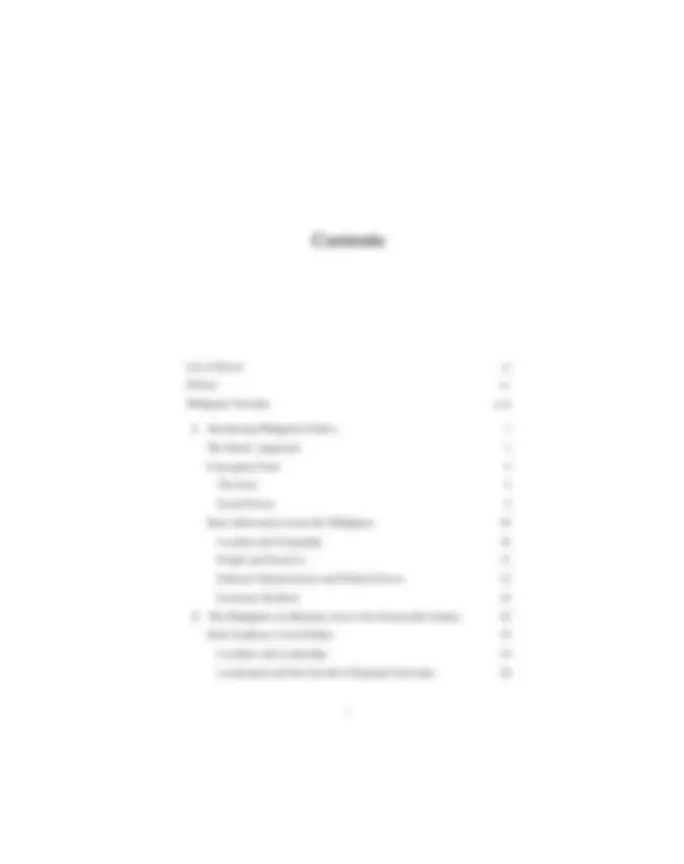
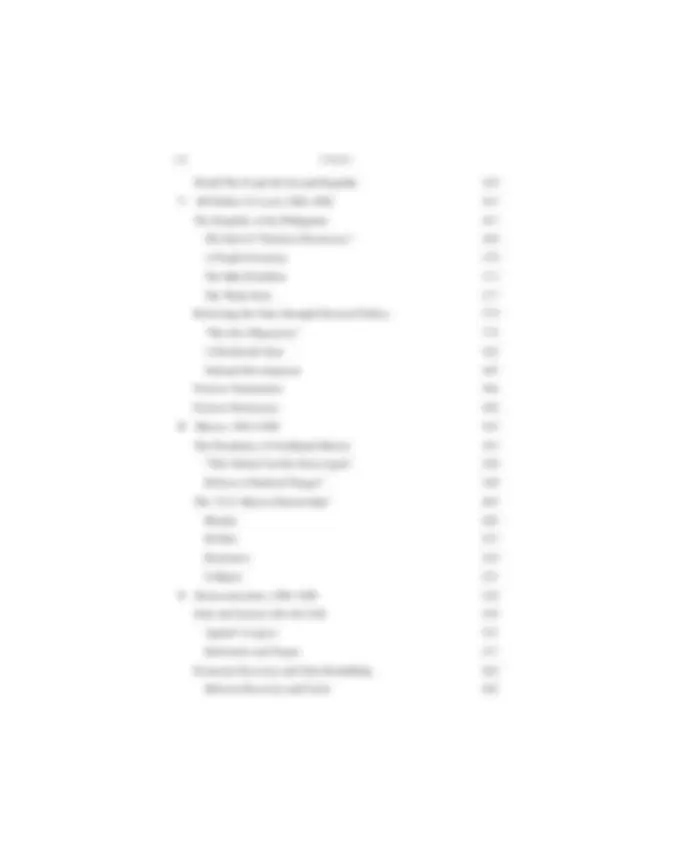
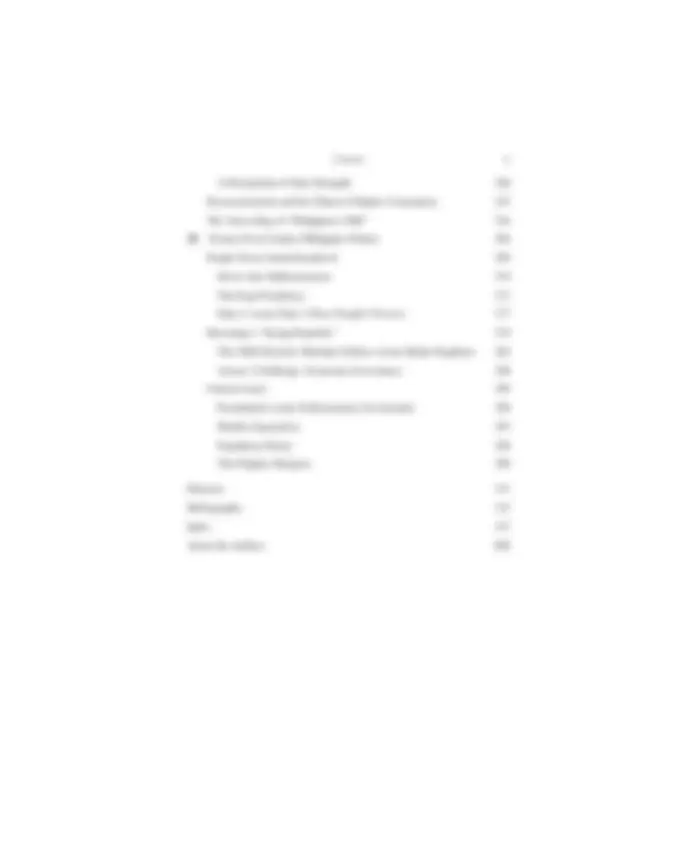

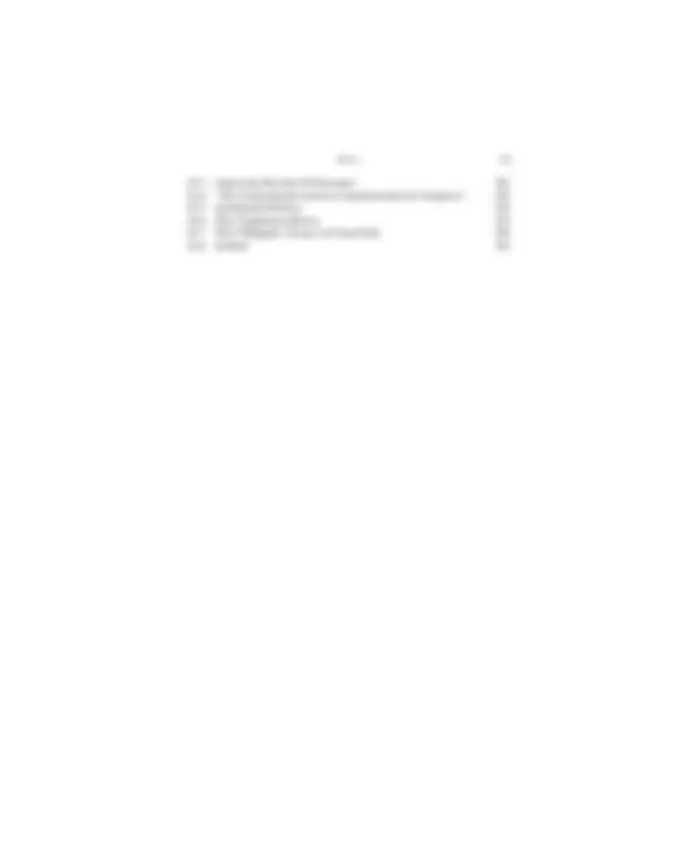

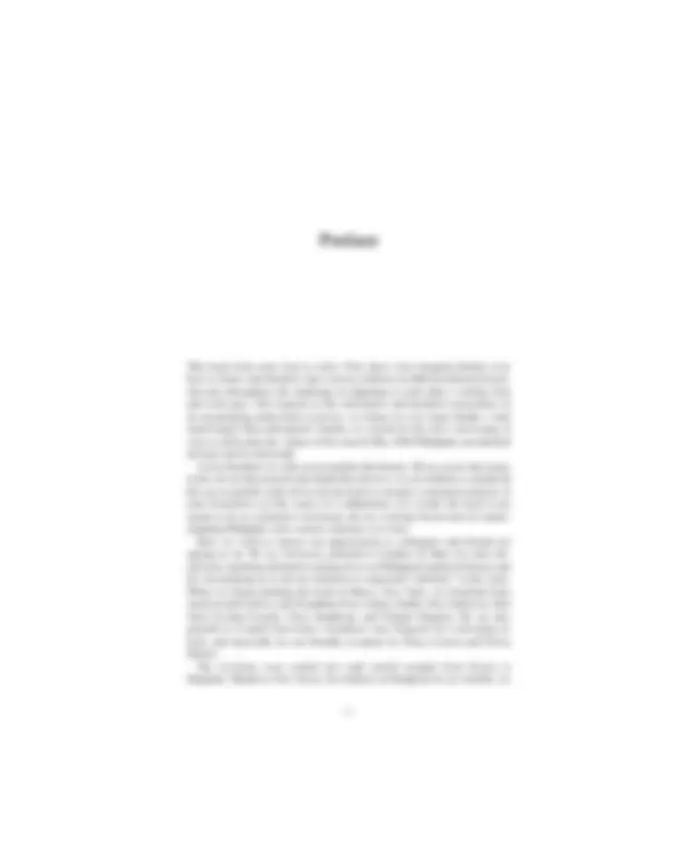
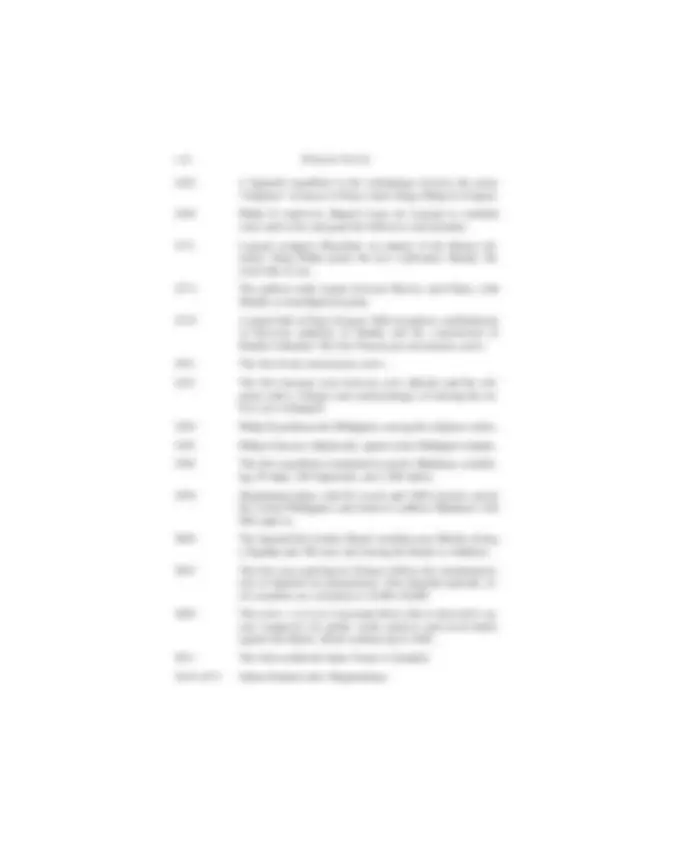
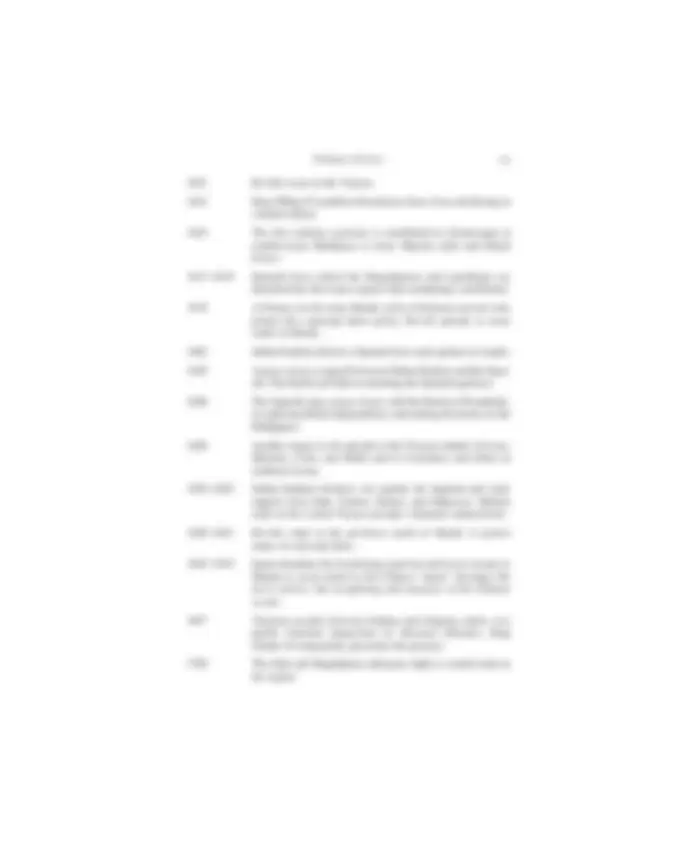
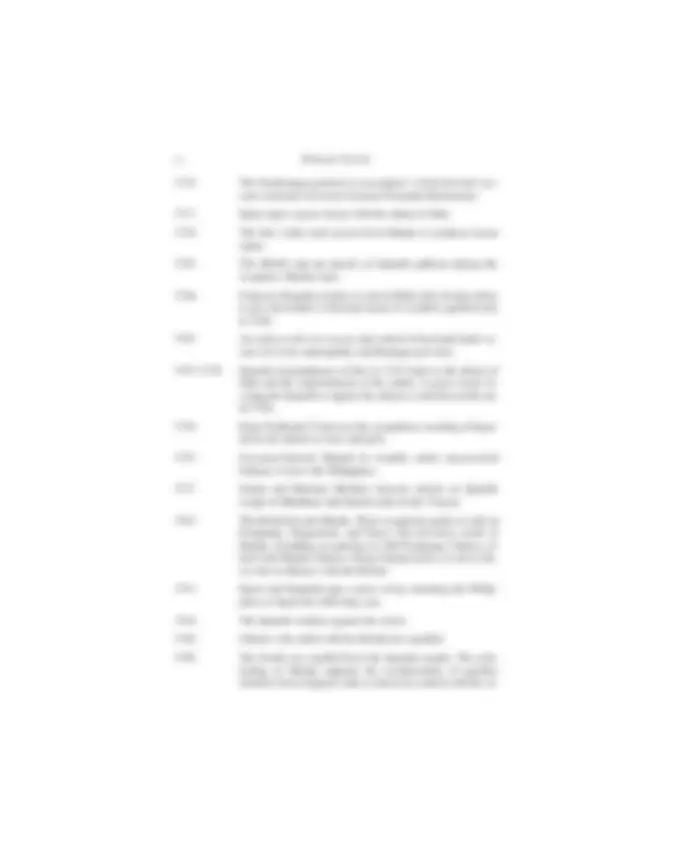
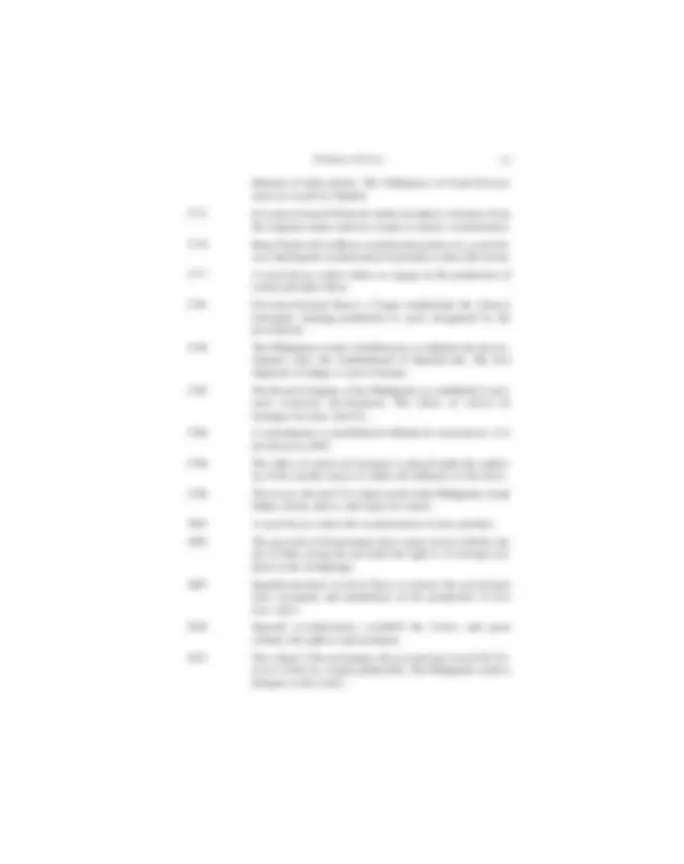
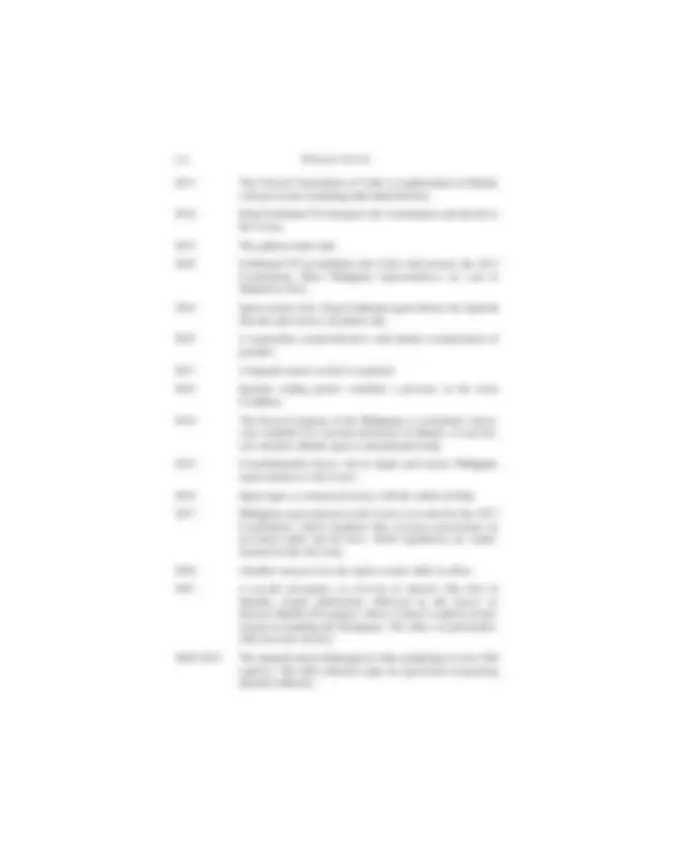
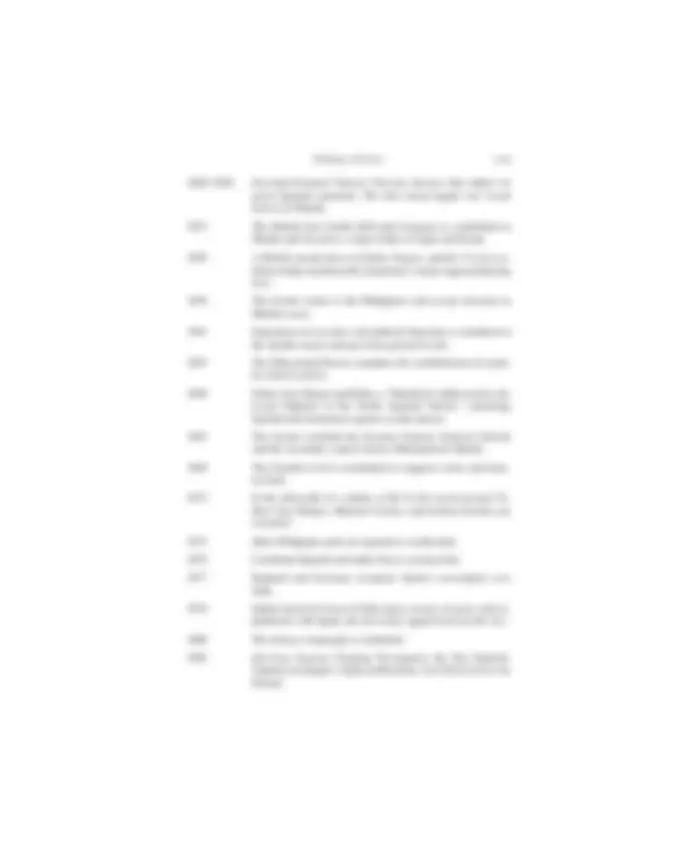
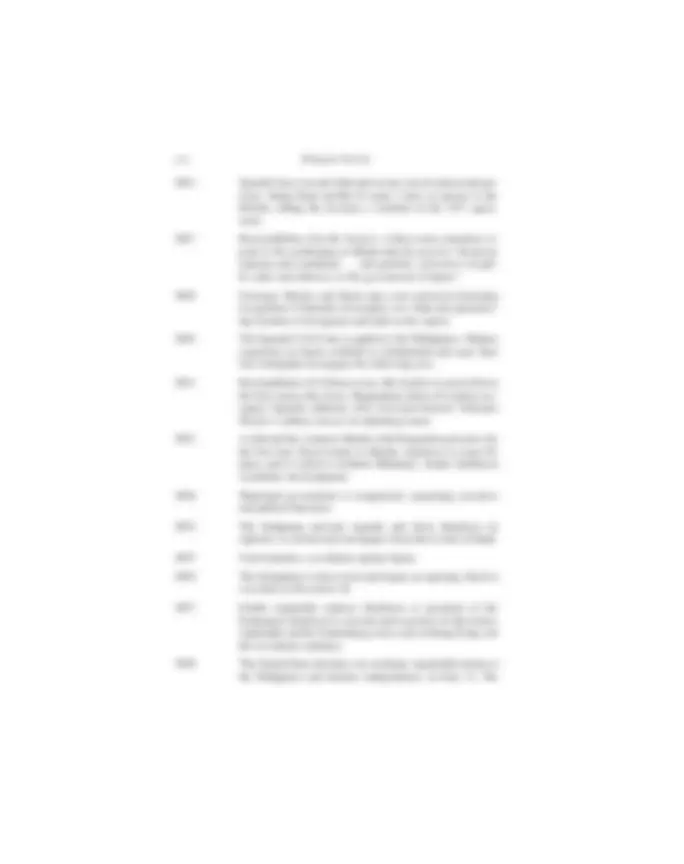
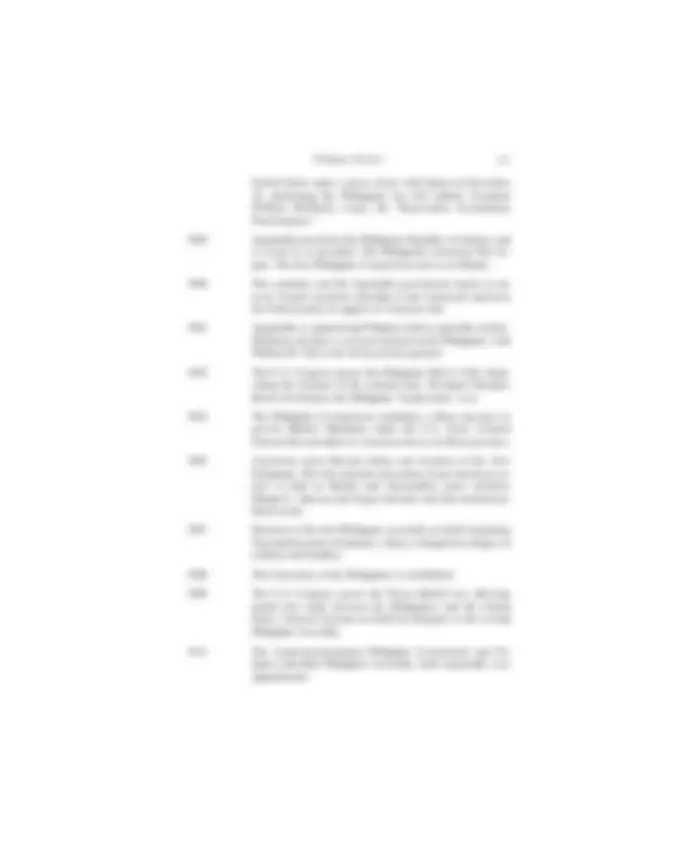
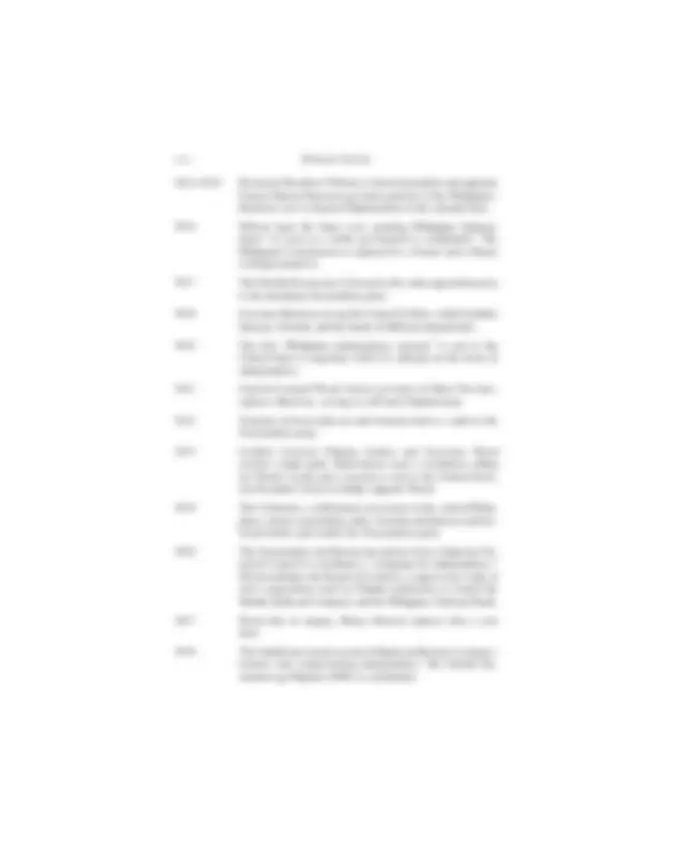
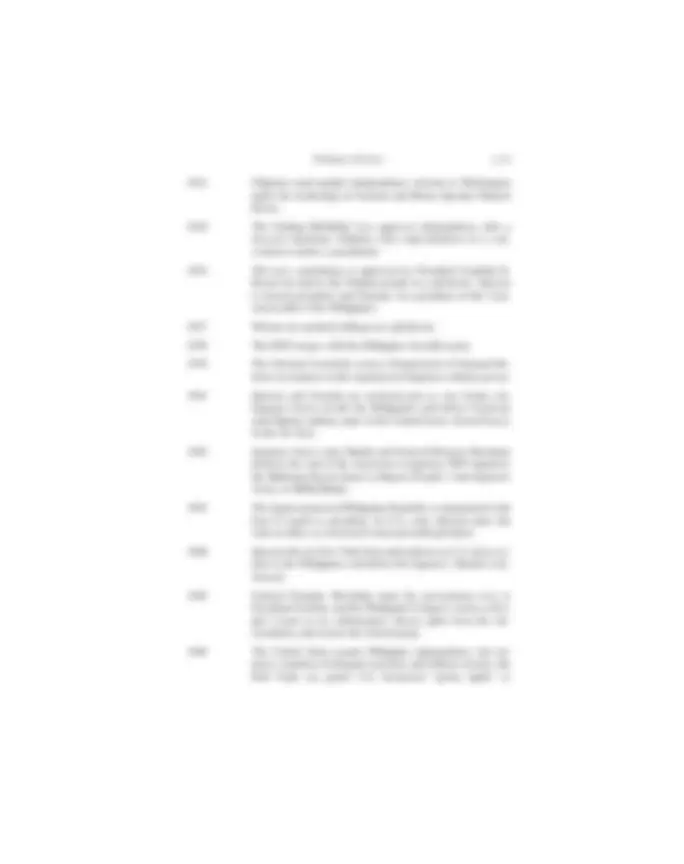
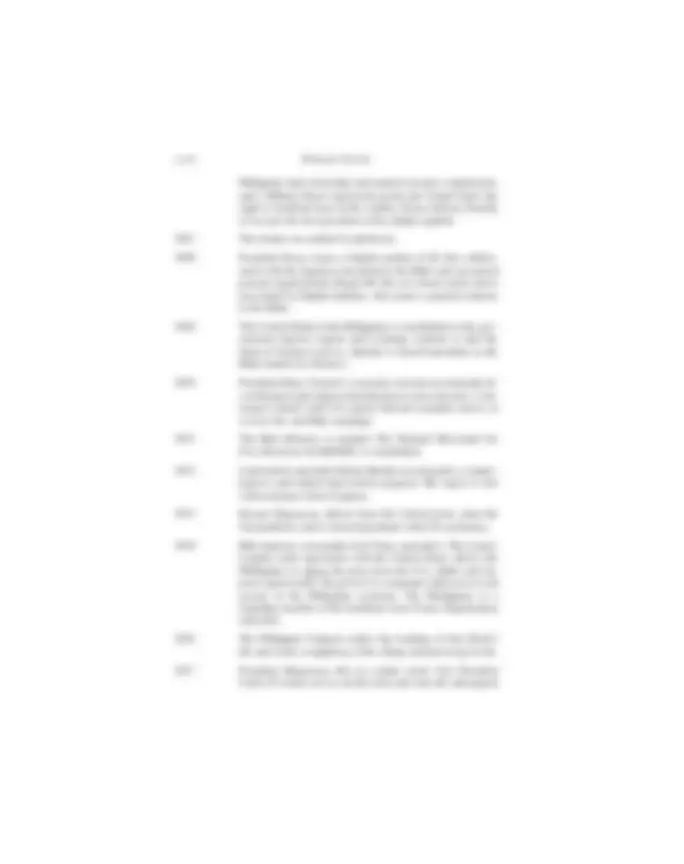
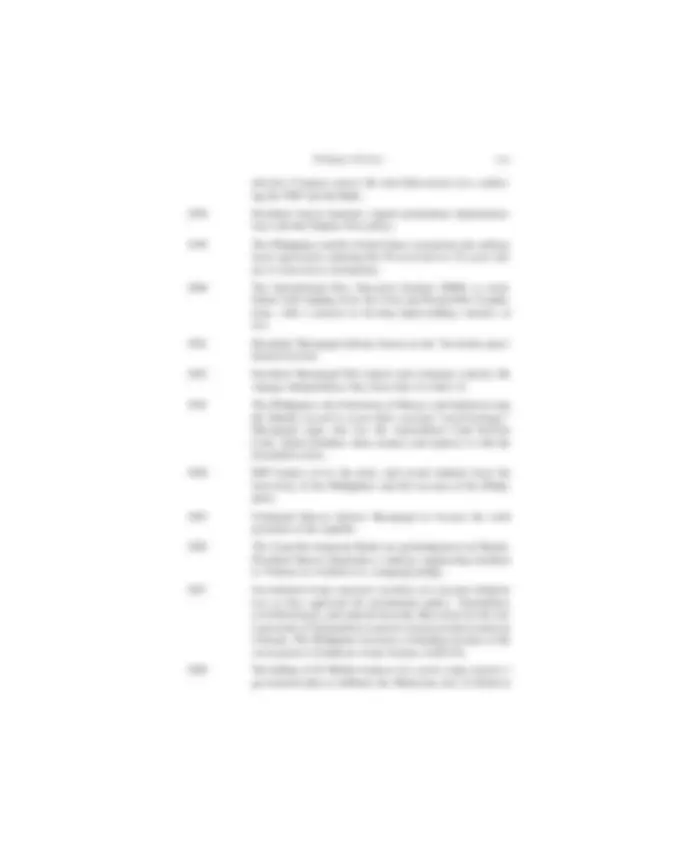
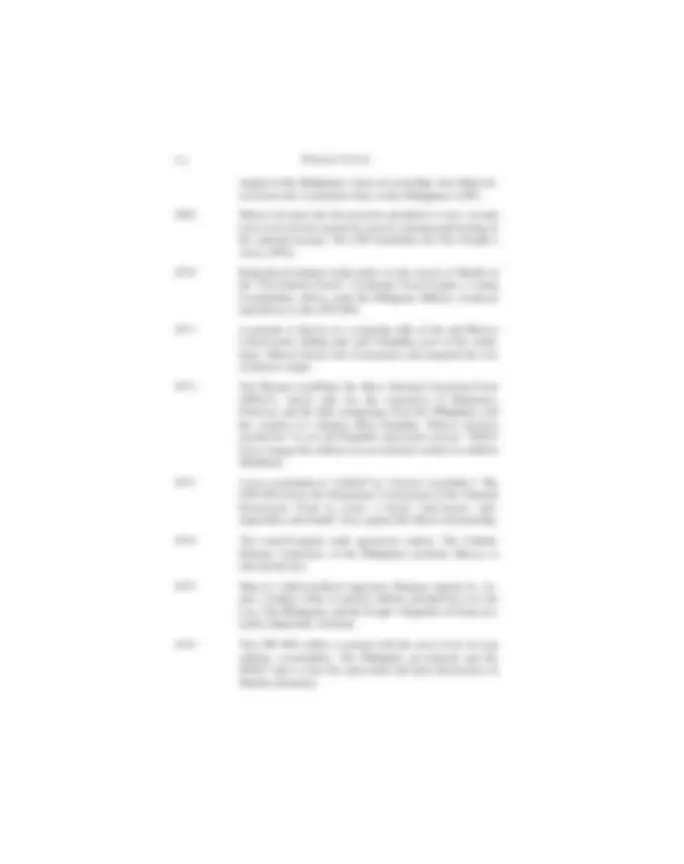
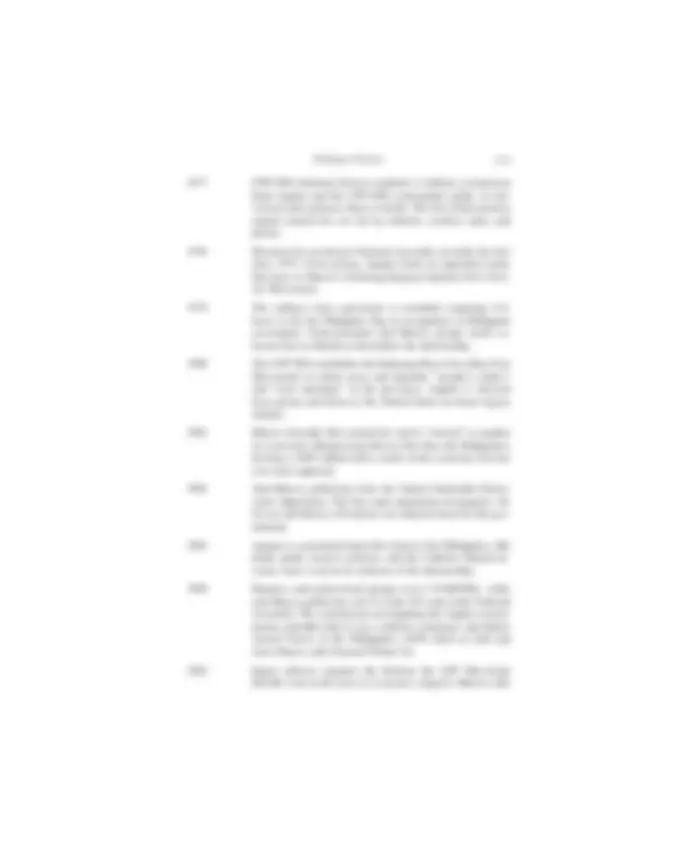
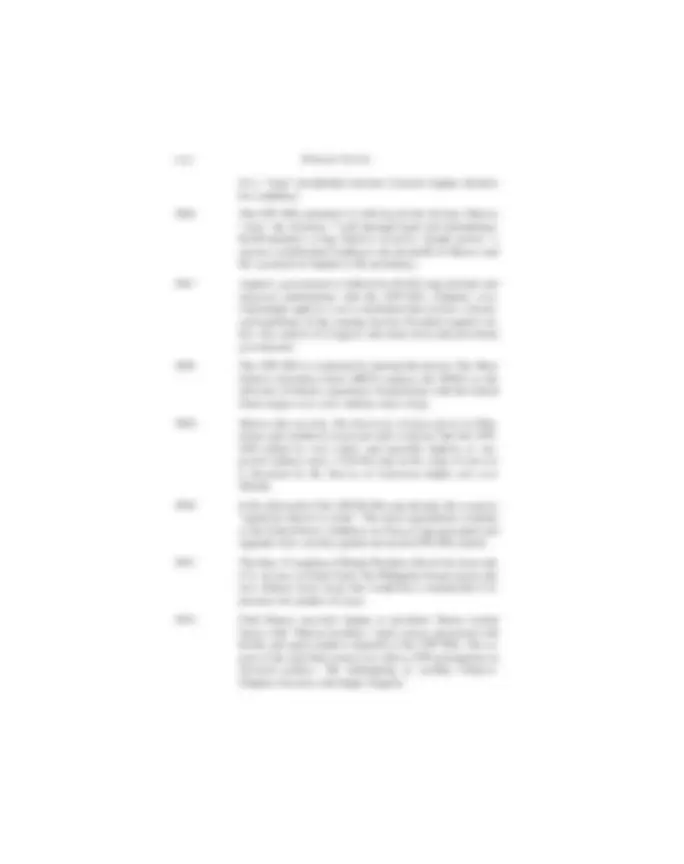
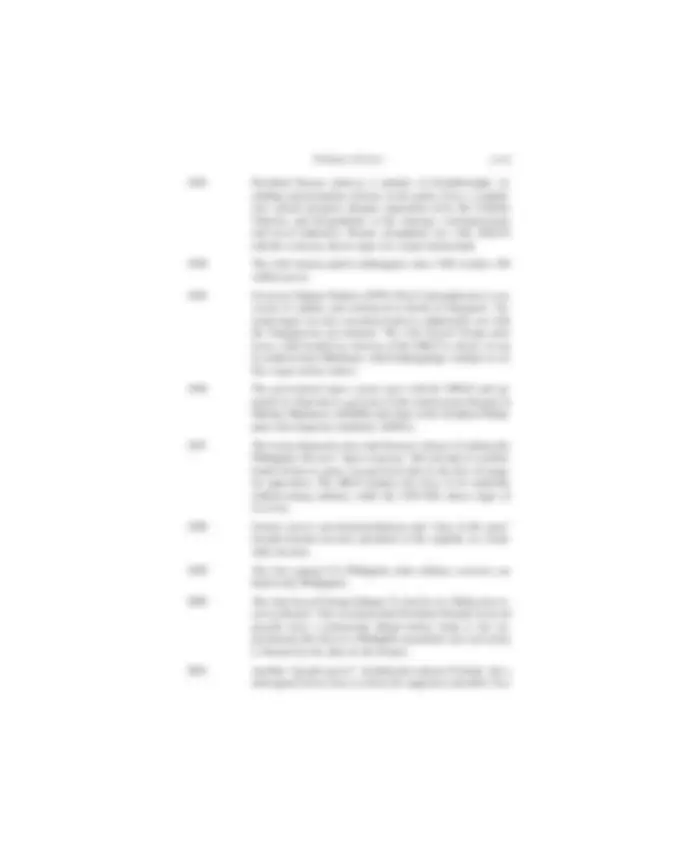
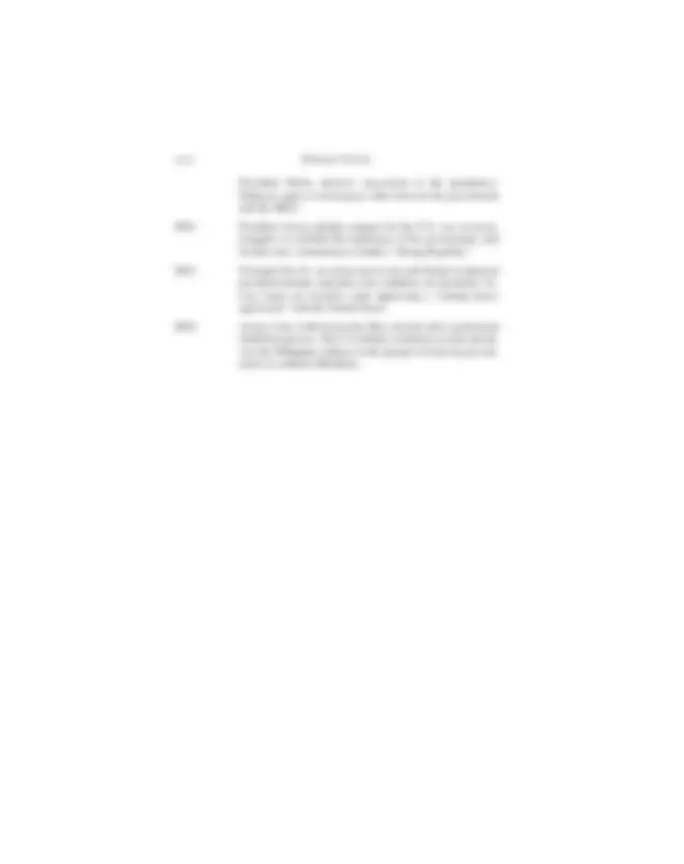


Study with the several resources on Docsity

Earn points by helping other students or get them with a premium plan


Prepare for your exams
Study with the several resources on Docsity

Earn points to download
Earn points by helping other students or get them with a premium plan
Community
Ask the community for help and clear up your study doubts
Discover the best universities in your country according to Docsity users
Free resources
Download our free guides on studying techniques, anxiety management strategies, and thesis advice from Docsity tutors
READINGS IN PHILIPPINE HISTORY
Typology: Lecture notes
1 / 34

This page cannot be seen from the preview
Don't miss anything!




























On special offer
State and Society in East Asia Series Elizabeth J. Perry, Series Editor State and Society in the Philippines By Patricio N. Abinales and Donna J. Amoroso Sovereignty and Authenticity: Manchukuo and the East Asian Modern By Prasenjit Duara The Party and the Arty in China: The New Politics of Culture By Richard Kraus Webs of Smoke: Smugglers, Warlords, Spies, and the History of the International Drug Trade By Kathryn Meyer and Terry Parssinen Of Camel Kings and Other Things: Rural Rebels Against Modernity in Late Imperial China By Roxann Prazniak Underground: The Shanghai Communist Party and the Politics of Survival, 1927– By Patricia Stranahan
ROWMAN & LITTLEFIELD PUBLISHERS, INC. Published in the United States of America by Rowman & Littlefield Publishers, Inc. A wholly owned subsidiary of The Rowman & Littlefield Publishing Group, Inc. 4501 Forbes Boulevard, Suite 200, Lanham, MD 20706 www.rowmanlittlefield.com P.O. Box 317, Oxford OX2 9RU, UK Copyright © 2005 by Rowman & Littlefield Publishers, Inc. All rights reserved. No part of this publication may be reproduced, stored in a retrieval system, or transmitted in any form or by any means, electronic, mechanical, photocopying, recording, or otherwise, without the prior permission of the publisher. British Library Cataloguing in Publication Information Available Library of Congress Cataloging-in-Publication Data Insert CIP data Printed in the United States of America
National Standard for Information Sciences—Permanence of Paper for Printed Library Materials, ANSI/NISO Z39.48-1992.
v
List of Boxes xi Preface xv Philippine Timeline xvii
1 Introducing Philippine Politics 1 The Book’s Approach 3 Conceptual Tools 6 The State 6 Social Forces 9 Basic Information about the Philippines 10 Location and Geography 10 People and Practices 11 Political Administration and Political Power 12 Economic Realities 16 2 The Philippines in Maritime Asia to the Fourteenth Century 19 Early Southeast Asian Polities 19 Localities and Leadership 19 Localization and the Growth of Regional Networks 24
Contents
bounced around ideas with Coeli Barry, Thanet Aphornsuvan, and Alan Fein- stein, and we imposed our stories on Pasuk Pongphaichit, Chris Baker, and Viengrat Nethipo. We value their friendship, suggestions, and gracious assis- tance. In the Philippines, we enjoyed stimulating discussions with Alvin Batalla, Maricor Baytion, Karina Bolasco, Sheila Coronel, Tesa Encarnacion, Glenda Gloria, Edna Labra-Hutchcroft, Paul Hutchcroft, Popo Lotilla, Resil Mojares, Ambeth Ocampo, Nancy Pe-Rodrigo, Raul Rodrigo, Ed Tadem, Bobi Tiglao, and Marites Vitug. We appreciate their insights, comments, and criticisms. The staff of the Philippine National Historical Institute, the Lopez Museum, the Philippine Center for Investigative Journalism, and Newsbreak magazine gladly helped us find appropriate photos, and Kiyoko Yamaguchi drew us wonderful sketches. Finally, we express our gratitude to Susan McEachern of Rowman and Littlefield for not giving up on us and thanks to the editorial and production staff. Daghang salamat kaayo. We dedicate this work to our nephews and nieces on both sides of the Pacific—Carlo, Charisse, Honey, Myki, and Mia Abinales in Misamis Occi- dental; Colin and Devon Amoroso in Florida; and Ian, Maddie and Paige Wills in Pennsylvania.
xvi Preface
xvii
618–906 Philippine contact begins with Tang-dynasty China. 900 Political and social hierarchies are indicated by the Laguna copperplate inscription. 982 Ma-i, probably Mindoro, brings goods directly to Canton for the first time. 1001 Butuan, a gold mining and trading center in northeastern Min- danao, sends its first tribute mission to Sung China. c.1100 First Malays from Borneo settle in Manila/Tondo and inter- marry with native Tagalogs. c.1275 Arab missionaries and Chinese traders bring Islam to the Sulu archipelago. 1277–1368 Yuan-dynasty trade proliferates with Visayan settlements of Butuan, Tanjay, and Cebu. 1368–1424 Sulu sends six missions to China during the period of Ming tribute trade. c.1450 Sayyid Abu Bakr establishes the Sulu sultanate. 1521 Ferdinand Magellan arrives in the Philippines. c.1525 Sharif Muhammad Kabungsuwan arrives in southern Min- danao and converts the Magindanao and Buayan ruling fami- lies to Islam.
Philippine Timeline
1621 Revolts occur in the Visayas. 1622 King Philip IV prohibits Dominican friars from interfering in colonial affairs. 1635 The first military garrison is established in Zamboanga in southwestern Mindanao to deter Muslim raids and Dutch forays. 1637–1639 Spanish forces defeat the Magindanaos and expeditions are launched into the Lanao region, Sulu archipelago, and Brunei. 1639 A Chinese revolt rocks Manila, led by Christian converts who protest the conscript labor policy. Revolt spreads to areas south of Manila. 1642 Sultan Kudarat defeats a Spanish force and captures its leader. 1645 A peace treaty is signed between Sultan Kudarat and the Span- ish. The Dutch aid Sulu in attacking the Spanish garrison. 1648 The Spanish sign a peace treaty with the Dutch at Westphalia, recognizing Dutch independence and ending all attacks on the Philippines. 1649 Another major revolt spreads to the Visayan islands of Leyte, Masbate, Cebu, and Bohol and to Camarines and Albay in southern Luzon. 1656–1658 Sultan Kudarat declares war against the Spanish and seeks support from Sulu, Ternate, Brunei, and Makassar. Muslim raids on the central Visayas prompt a Spanish counterattack. 1660–1661 Revolts erupt in the provinces north of Manila to protest abuse of conscript labor. 1662–1663 Spain abandons the Zamboanga garrison and moves troops to Manila to await attack by the Chinese “pirate” Koxinga. He never arrives, but an uprising and massacre of the Chinese occurs. 1697 Tensions escalate between bishops and religious orders over parish visitation (inspection by diocesan officials). King Charles II temporarily proscribes the practice. 1700 The Sulu and Magindanao sultanates fight to control trade in the region.
Philippine Timeline xix
1719 The Zamboanga garrison is reoccupied. A friar-led mob exe- cutes reformist Governor-General Fernando Bustamante. 1737 Spain signs a peace treaty with the sultan of Sulu. 1739 The first viable road system from Manila to northern Luzon opens. 1743 The British step up attacks on Spanish galleons plying the Acapulco–Manila route. 1744 Francisco Dagohoy leads a revolt in Bohol after Jesuits refuse to give his brother a Christian burial. It would be quelled only in 1829. 1745 An early revolt over access and control of hacienda lands oc- curs in Cavite municipality and Batangas province. 1747–1756 Spanish bombardment of Jolo in 1752 leads to the defeat of Sulu and the imprisonment of the sultan. A peace treaty fa- voring the Spanish is signed; the sultan is exiled from Jolo un- til 1764. 1754 King Ferdinand VI decrees the compulsory teaching of Span- ish in all schools to boys and girls. 1755 Governor-General Manuel de Arandia orders unconverted Chinese to leave the Philippines. 1757 Iranun and Maranao Muslims increase attacks on Spanish camps in Mindanao and launch raids on the Visayas. 1762 The British invade Manila. Their occupation sparks revolts in Pampanga, Pangasinan, and Ilocos Sur provinces north of Manila, including an uprising by 900 Pampanga Chinese al- lied with Manila Chinese. Diego Silang leads a revolt in Ilo- cos Sur in alliance with the British. 1763 Spain and England sign a peace treaty returning the Philip- pines to Spain the following year. 1764 The Spanish retaliate against the rebels. 1766 Chinese who sided with the British are expelled. 1768 The Jesuits are expelled from the Spanish empire. The arch- bishop of Manila supports the secularization of parishes (transfer from religious order to diosecan control) and the or-
xx Philippine Timeline